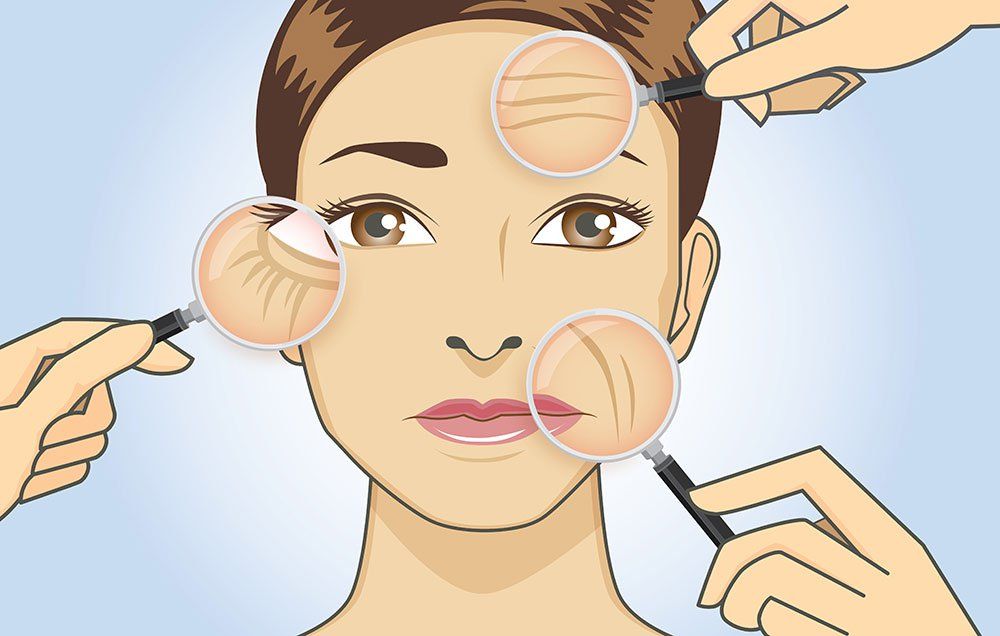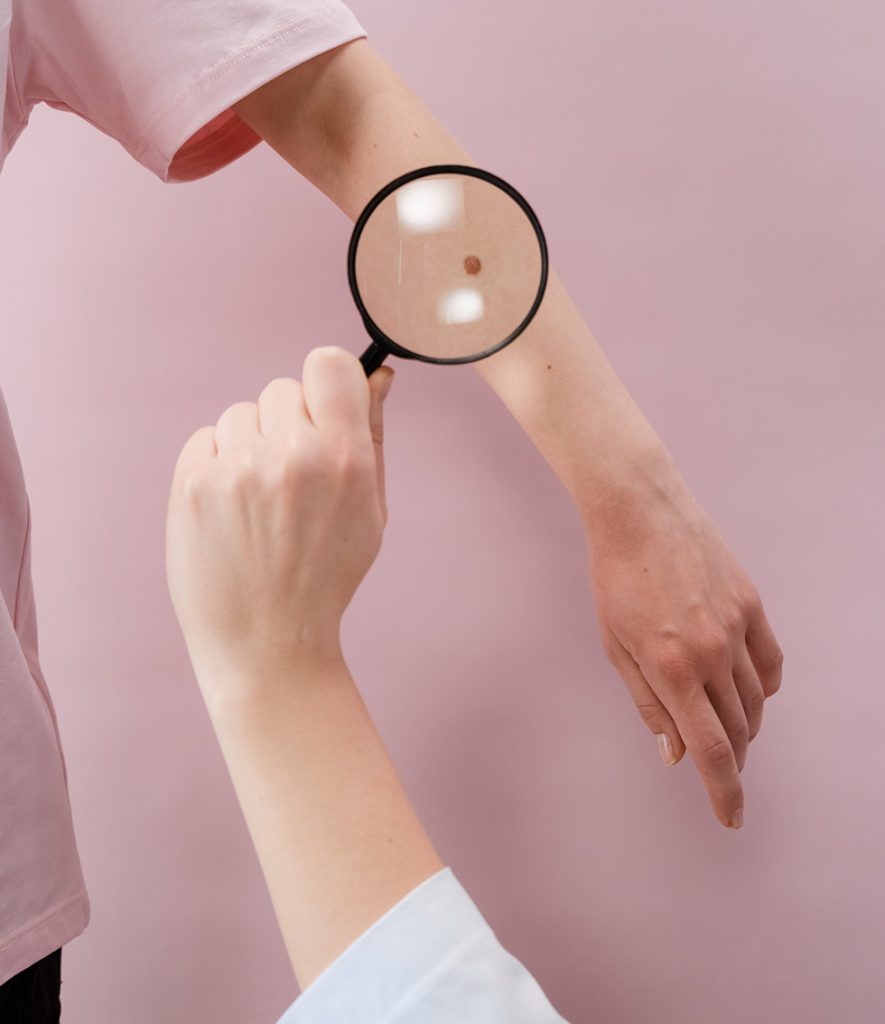Recognizing the Function of Mohs Surgery in Dealing With Skin Cancer: A Comprehensive Guide to Dermatology
As skin cancer cells remains to be a pervasive wellness issue around the world, ingenious therapy techniques like Mohs surgical treatment are acquiring prestige in dermatology - dermatologist. This medical technique's accuracy and high cure prices make it a standout in dealing with specific sorts of skin cancer, particularly basal cell and squamous cell carcinomas. The complying with conversation will certainly give a thorough understanding of Mohs surgical procedure, its treatment, and the duty it plays in skin cancer therapy, welcoming the viewers to explore its advantages and post-operative treatment
What Is Skin Cancer: Types and Occurrence

Revealing Mohs Surgery: A Thorough Summary
Offered the alarming boost in skin cancer cells cases, particularly melanoma, the clinical neighborhood has actually developed various approaches to fight this disease. One such approach is Mohs surgery, called after Frederic E (chemical peel). Mohs, the medical professional that presented it. This surgical technique is designed to get rid of skin cancer cells layer by layer, checking out each layer for cancer cells till just cancer-free cells remains. Mohs surgical treatment is specifically reliable for dealing with basal cell carcinoma and squamous cell cancer, one of the most common types of skin cancer. It is renowned for its high treatment prices, frequently going beyond 98%. In addition, the treatment is notable for its precision, as it aims to preserve as much healthy skin as possible. This makes it an optimal treatment alternative for cancers in cosmetically and functionally crucial locations.

The Procedure of Mohs Surgical: Step-by-Step Breakdown
Without a doubt, understanding the procedure of Mohs surgery can assist debunk this effective tool in the battle against skin cancer cells. If cancer cells are spotted, the doctor gets rid of another layer from the very same location and repeats the evaluation. This cycle continues up until no even more cancer cells are found, making certain the full elimination of the condition while protecting as much healthy skin as possible.
Benefits of Mohs Surgical Procedure Over Conventional Techniques
Despite the invasive nature of the procedure, the benefits of Mohs surgical procedure over standard methods are many and considerable. Leading among these is its exceptional accuracy. The my latest blog post Mohs technique permits the removal of malignant cells layer by layer, guaranteeing marginal damage to healthy and balanced tissue. This thorough approach converts into higher treatment rates, especially for repeating or hostile forms of skin cancer cells. Mohs surgery lowers the threat of considerable scarring, an important consideration provided the commonly noticeable area of skin cancers. It provides the advantage of prompt confirmation of total cancer cells removal, lowering patient anxiousness. While even more helpful hints more complicated, Mohs surgery is usually a more reliable and patient-friendly approach to dealing with skin cancer cells than typical approaches.

Post-Operative Care and Healing in Mohs Surgery
Post-surgery, the wound may be left open to heal normally, sewed up straight, or covered making use of skin from another area of the individual's body. The option depends on the size and place of the eliminated skin cancer. Routine follow-up visits guarantee ideal healing and catch potential indicators of cancer cells reappearance early.
Verdict
Mohs surgery is a highly precise and effective method for treating skin cancer, especially basic cell and squamous cell cancers. With its one-of-a-kind layer-by-layer elimination process and prompt tiny examination, it guarantees total cancer cells removal while saving healthy and balanced skin. This makes it especially valuable for treating cancers in cosmetically sensitive locations. Post-operation treatment and look at this now recuperation are also manageable, additional strengthening Mohs surgical procedure's function as an ingenious approach in skin-related cancer therapy.